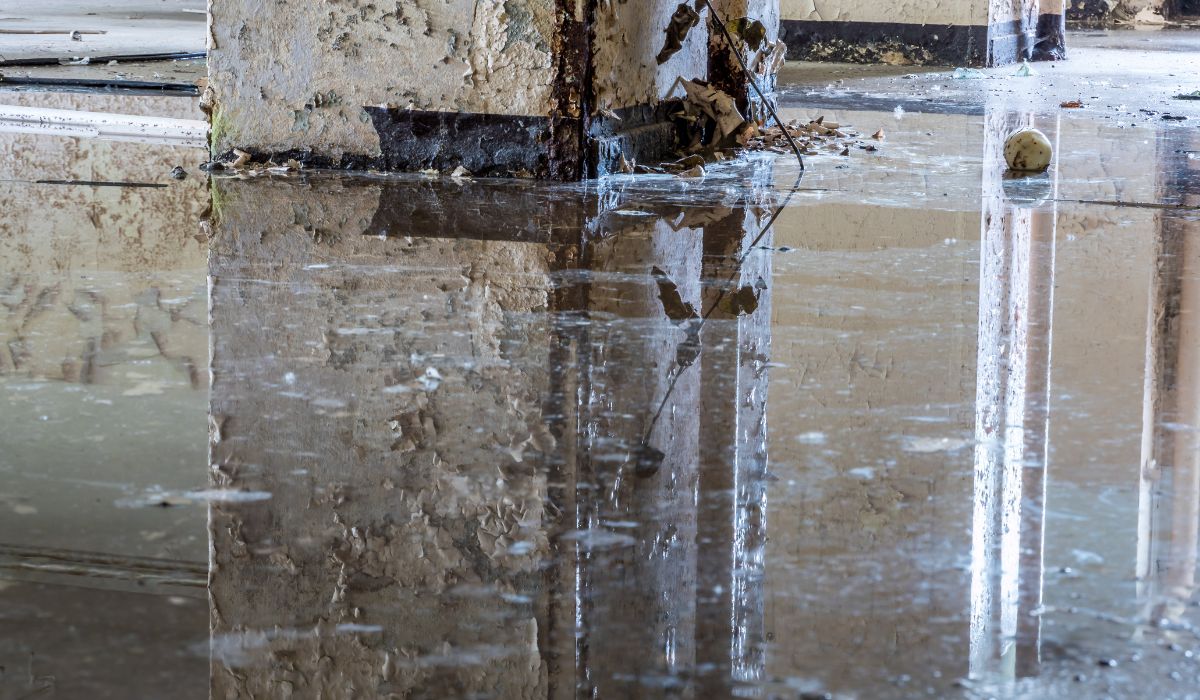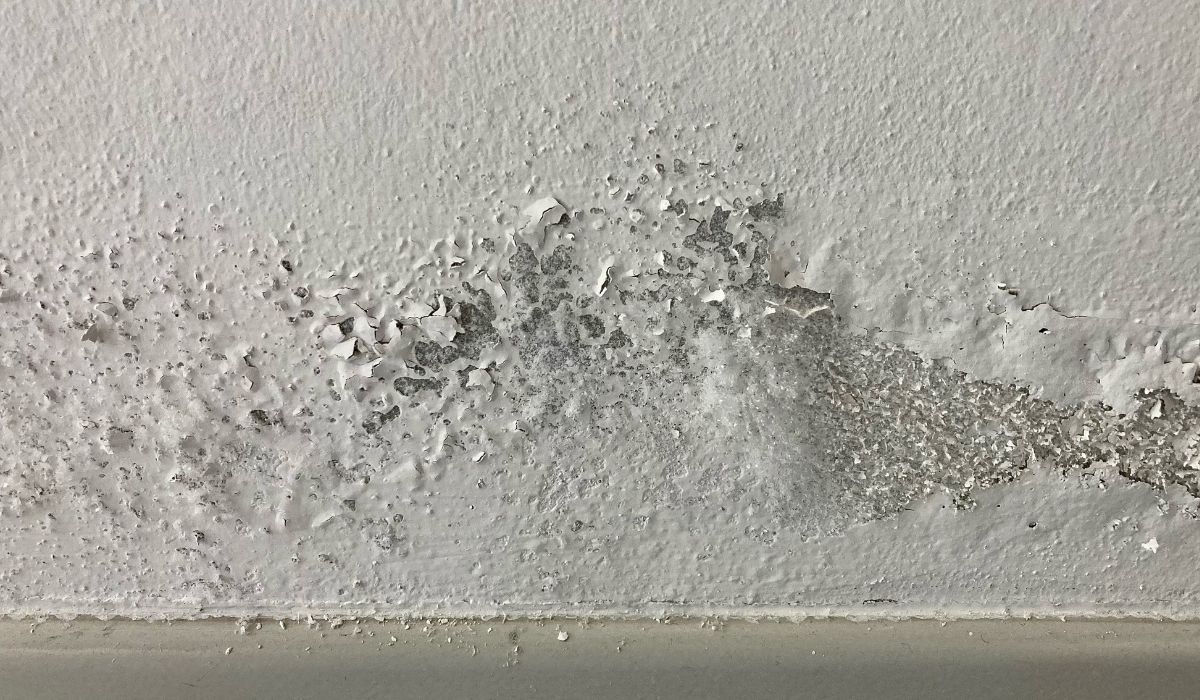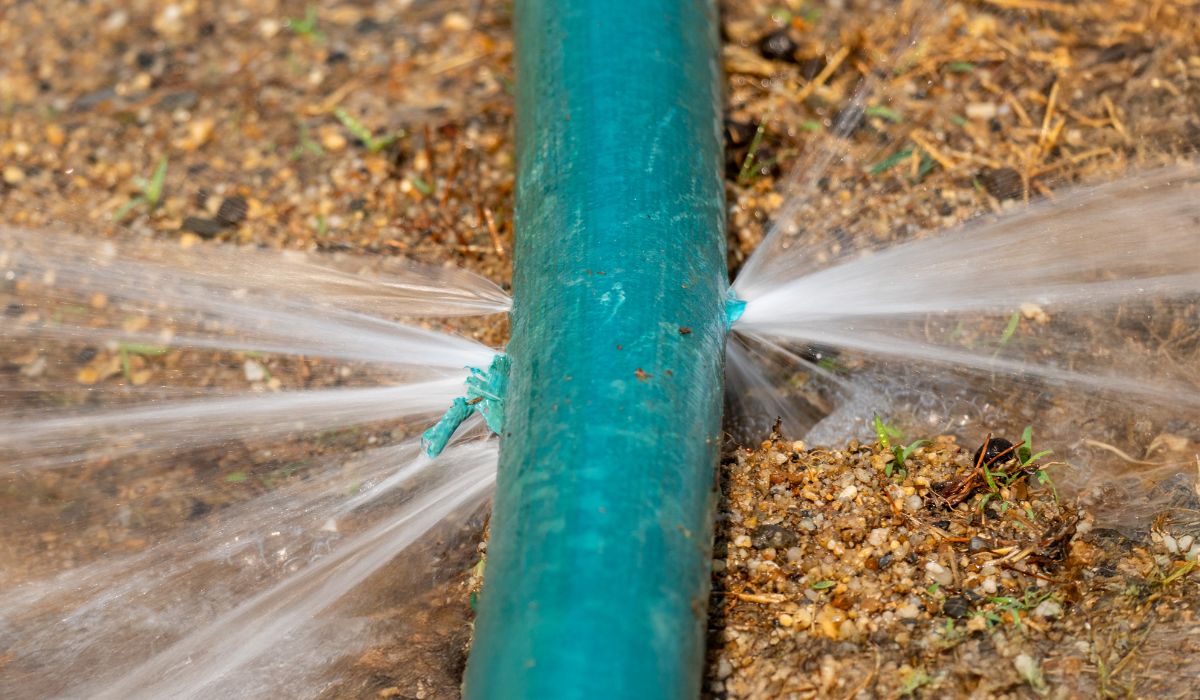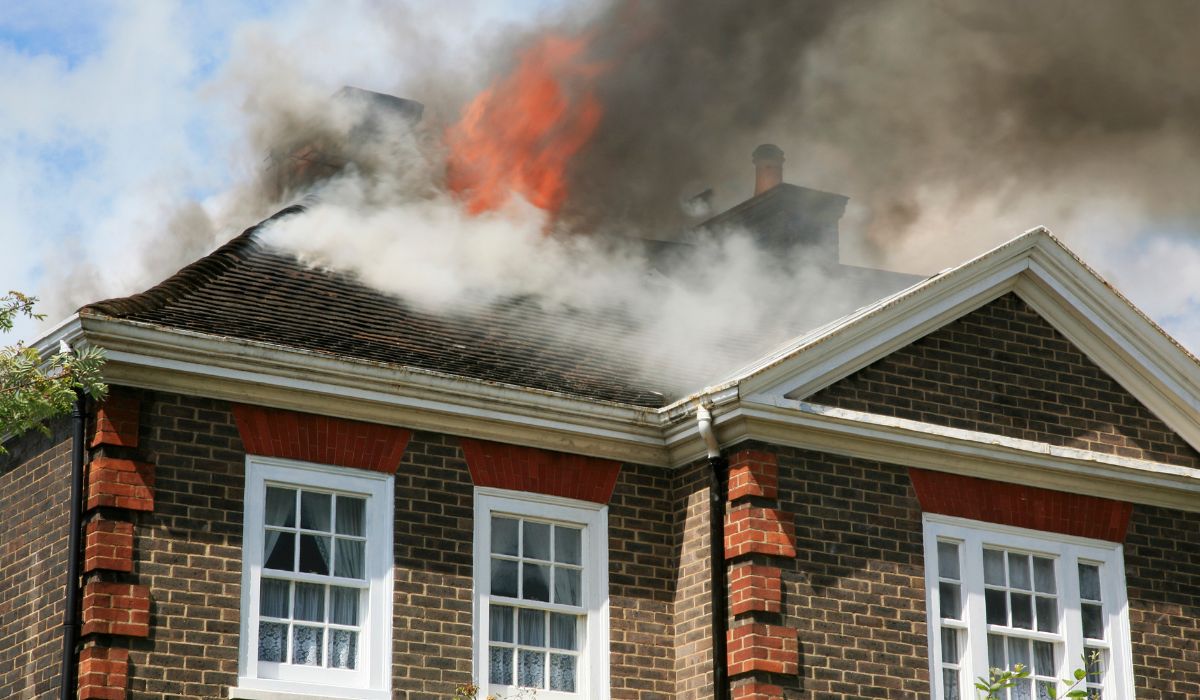How to Tell If Water Damage Is New or Old
Water damage is a problem that many homeowners face. Maybe you notice a wet spot on your ceiling, a stain on the wall, or even a musty odor in your basement. But here’s the big question: how can you tell if water damage is new or old?
Knowing the age of water damage matters. It helps with insurance claims, repair costs, and figuring out if there is an active leak or just an old stain. In this guide, we’ll walk through the clear signs of water damage, how to tell if it’s fresh or old, and when to call an expert in water damage restoration.

Why It’s Important to Know If Water Damage Is New or Old
Protecting Your Home
Water can weaken walls, ceilings, and even the foundation. Old damage left untreated can lead to mold, rust, and bigger repair bills.
Insurance and Claims
Most insurance companies need proof of when the water damage happened. If it’s new, insurance may cover it. If it’s old, the claim might be denied.
Health and Safety
Water damage brings moisture, which can lead to mold. Mold spores can spread through the air and cause breathing problems, allergies, and other health issues.
Signs of New Water Damage
Fresh water damage looks different from old damage. Here are the main signs:
Damp or Wet to the Touch
If the spot feels soft, wet, or cool, it’s likely new. Fresh leaks often leave water that hasn’t had time to dry.
Bright, Clear Stains
A brand-new water stain on the ceiling, wall, or drywall will look lighter in color. Over time, stains turn darker or yellow.
Strong Odor
New water damage often has a damp smell. It’s not as musty as long-term mold growth but still noticeable.
Active Drips or Leaks
If you see water dripping from the ceiling, a pipe, or in the basement after rain, the damage is fresh.

Signs of Old Water Damage
If the water damage has been around for a while, the signs are harder to miss.
Dark Stains on Walls or Ceilings
Old water damage leaves dark, yellow, or brown stains. Paint may start to bubble or peel.
Mold Growth
Mold needs moisture and time to grow. If you see green, black, or white patches, the water damage is old. Mold can appear in attics, basements, or even inside walls.
Warped or Weak Materials
Drywall, ceiling tiles, or wood may bend, crack, or feel soft. Rust on metal pipes or construction materials is another clear sign of older water exposure.
Musty Odor
Old water damage smells musty, earthy, and strong. The odor is caused by mold and mildew trapped in damp areas.
Comparing New vs. Old Water Damage
| Sign | New Water Damage | Old Water Damage |
|---|---|---|
| Touch | Damp or soft | Dry, brittle, or cracked |
| Color | Light or clear stain | Dark yellow, brown, or black |
| Odor | Fresh damp smell | Strong musty odor |
| Mold | Rare in new spots | Common in old areas |
| Material | Paint bubbling | Rust, warped wood, or weak drywall |
Common Places to Check for Water Damage
Attic
Look for leaks after heavy rain. Water can seep through the roof and stain the ceiling below.
Basement
Flooding, sewage backups, or foundation cracks often cause water damage here. Check for moisture, odor, or standing water.
Roof and Ceiling
Damaged shingles, poor drainage, or clogged gutters allow rain to seep in. Watch for ceiling spots or dripping water.
Walls and Drywall
Water pipes inside walls can leak slowly. Stains, peeling paint, or damp patches often show hidden water damage.
Floors
Water damage to floors shows up as warping, stains, or soft spots in wood and carpet.
Tools Experts Use to Tell the Age of Water Damage
Sometimes the signs aren’t clear. That’s when calling a water damage repair expert helps. Professionals use tools to measure:
- Moisture Meters – check how wet drywall, wood, or flooring is.
- Infrared Cameras – find hidden leaks in walls or ceilings.
- Inspection Techniques – experts know how construction materials react to water over time.
What Causes New vs. Old Water Damage?
Causes of New Water Damage
- Rain leaking through a damaged roof
- Burst pipes or plumbing leaks
- Basement flooding after storms
- Sewage backup from drains
Causes of Old Water Damage
- Long-term roof leaks in the attic
- Small, unnoticed plumbing leaks inside walls
- Poor basement drainage
- Previous water damage fire cleanup that wasn’t fully restored
How to Handle New Water Damage
Act Fast
The faster you act, the less damage there will be.
- Stop the source of the water (shut off plumbing, patch roof leaks).
- Dry the area with fans or dehumidifiers.
- Call a professional for water damage restoration.
How to Handle Old Water Damage
Old damage is harder to fix because it often includes mold, stains, and weak construction.
- Inspect walls, ceilings, and floors.
- Remove mold with proper cleaning methods.
- Replace damaged drywall, paint, or flooring.
- Contact experts for full water damage repair.
The Role of Insurance in Water Damage
- New Damage: Insurance may cover sudden leaks, sewage backups, or storm damage.
- Old Damage: Insurance usually does not cover long-term neglect.
Always document damage with photos and keep repair receipts for claims.
Why Hire a Water Damage Restoration Expert?
An expert can:
- Spot hidden leaks in the attic, basement, or walls.
- Use tools to find moisture and mold.
- Handle cleaning, drying, and construction repair.
- Make sure your home is safe and free of future risks.
Preventing Water Damage in the Future
- Inspect your roof after heavy rain.
- Keep gutters clear.
- Seal basement walls to prevent leaks.
- Fix plumbing problems quickly.
- Watch for stains, odor, or soft spots in drywall or ceilings.
Final Thoughts
When asking, “how can you tell if water damage is new or old?”, the key is to look at the signs—color, odor, stains, mold, and texture. New damage feels damp and light, while old damage shows dark stains, rust, and mold.
If you’re unsure, it’s always best to call an expert in water damage repair or restoration. Acting fast can save your home, your health, and your wallet.

FAQs About Water Damage
How do you know if water damage is fresh?
Fresh water damage feels damp, has a light stain, and may have a mild odor. It often appears after rain or a new leak.
Does old water damage mean mold?
Yes, old water damage often leads to mold. Mold grows in damp areas like basements, attics, and inside walls.
Can you paint over water stains?
Painting over water stains hides the spot but doesn’t fix the leak. The stain will come back if the moisture isn’t stopped.
Will insurance cover my water damage?
Insurance usually covers sudden damage from leaks, rain, or sewage backups. Long-term damage from neglect is often not covered.



